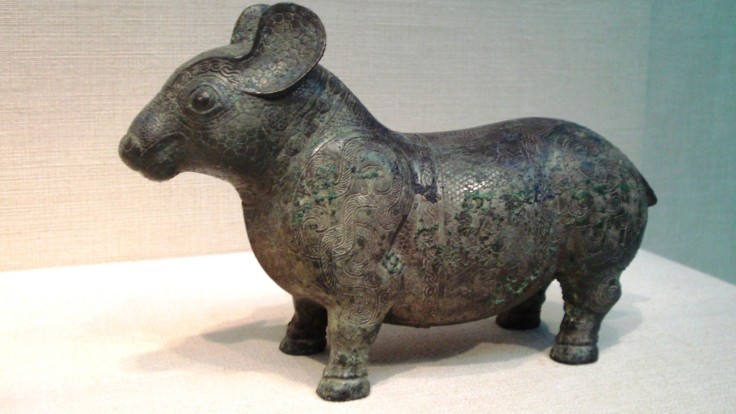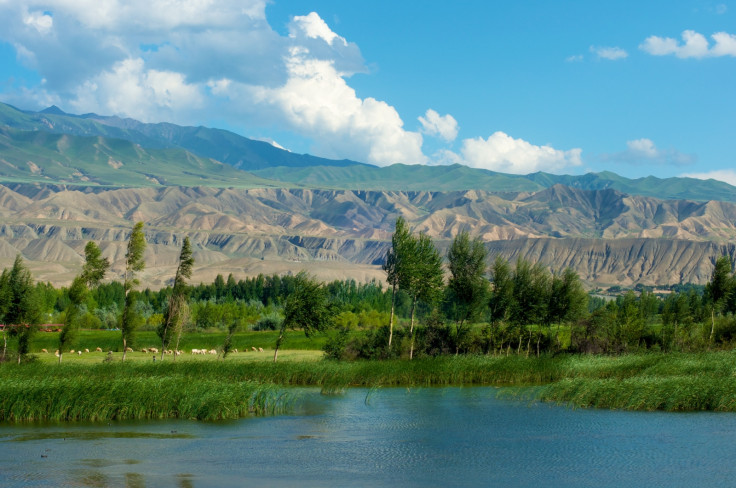Sexism in Bronze Age China left signs of malnourishment etched on women's skeletons
Women received significantly less nutritious food than men during the Eastern Zhou Dynasty.

Upheaval in farming methods in the Bronze Age Eastern Zhou Dynasty meant that life took a major turn for the worse for women's social status and health, a new study has find. Neolithic China during the Yangshao period (5000-2900 BCE) wasn't such a bad time for women, at least compared with men.
In agricultural communities along the Yellow River, women could eat the same amounts of animal products and were, roughly speaking, equally well-nourished.
But by the time of the Eastern Zhou Dynasty (771-221 BCE), all that had changed. Women had less access to valuable high-protein animal products, and their skeletons have revealed marked stress and increasing height disparities with men, reflecting malnourishment, according to a paper published in the journal PNAS.
Archaeologists studying the skeletons of men and women from the Neolithic through to the Eastern Zhou period have found marked differences in the health of males and females emerging around the same time as communities moving from subsistence agriculture to farming new strains of cereals and different kinds of domesticated livestock.
In the Yangshao period, strains of hardy cereals resistant to cold and drought were grown, along with cabbage, grapes, poppy, rice and acorns, and pigs were the main domesticated animal. In the late Neolithic period (2600-1900 BCE), wheat and barley became established in the Yellow River region, and cattle, dogs, horses and sheep became popular.
This change may sound innocent enough, but it had a profound effect on women's lives. Female skeletons from this period had a distinctly different carbon and nitrogen isotope signature to male skeletons, suggesting that women's diets became predominantly vegetable-based. From this period, meals were no longer shared between men and women at a household level, the authors suggest in the paper.

The food that women were receiving was not enough to ensure healthy skeletal growth, leading to lesions in their skulls as a result of poor nutrition when young. It's thought that baby girls may have been weaned from breast milk to cereal gruel earlier than boys, leading to malnutrition and increased female infant mortality.
In addition to these signs of women's poor health from skeletons, the burial sites themselves showed marked sex inequality. In the Eastern Zhou period, men's graves had many more artefacts in them than women's compared with the Yangshao period.
"Although skeletally identified sex is not equivalent to the sociocultural categories of gender, bioarchaeological findings have strong implications for sociocultural changes related to gender roles and gender inequality," the authors write in the paper.
"Together with male-biased distribution of grave goods, the observed dietary, health and metric differences between male and female skeletons provide a robust body of evidence for an inference of emergent male-biased inequality during the Bronze Age in early China."
© Copyright IBTimes 2025. All rights reserved.






















